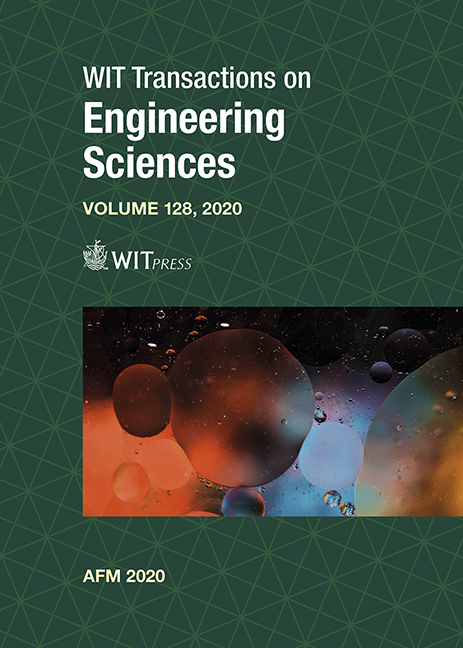PEDESTRIAN WIND COMFORT AT THE VICINITY OF A PLANNED HIGH-RISE BUILDING WITH VARYING SURROUNDS
Price
Free (open access)
Transaction
Volume
128
Pages
12
Page Range
163 - 174
Published
2020
Paper DOI
10.2495/AFM200151
Copyright
WIT Press
Author(s)
BARTOSZ KIESIEWICZ, ALEKSANDER PISTOL, ANDRZEJ FLAGA
Abstract
Evaluation of pedestrian wind comfort around new developments has become crucial when planning erections of high-rise buildings, with many countries directly requiring it for planning permissions. This paper describes a case study of a high-rise building planned in the centre of Birmingham, where rapid development requires assuming various development scenarios for the tests. Wind microclimate assessment was done according to the Lawson comfort criteria, which are considered an industry standard in the United Kingdom. This required not only measuring the mean wind velocity at each of the measuring locations but also an extreme value analysis. The basis of the assessment was wind tunnel model tests, conducted for three different development scenarios: existing development, existing development with the subject building and future development with all the planned buildings within the nearest surroundings. Including other planned skyscrapers was essential, as on the opposite side of the street one of the tallest buildings in Birmingham would be situated. Furthermore, three different seasonal circumstances were considered in the assessment: annual, summer (most time spent outside, therefore the strictest requirements) and winter (most harsh weather conditions). Pedestrian wind comfort was evaluated at about 80 measuring points, located along the main transit pathways and recreational spaces in the proximity of the development. A total of 18 wind direction sectors were included in the tests, with meteorological data taken from the Birmingham Airport station. The obtained results showed that a slight decrease of wind comfort was observed at certain locations, but not too severe and the adjusted development still fit within the assumed criteria, both in terms of comfort and safety. A variety of parameters chosen for the analysis – different development scenarios and weather conditions – allowed for a comprehensive and robust analysis of wind comfort conditions at the site.
Keywords
wind tunnel tests, high-rise buildings, pedestrian wind comfort





